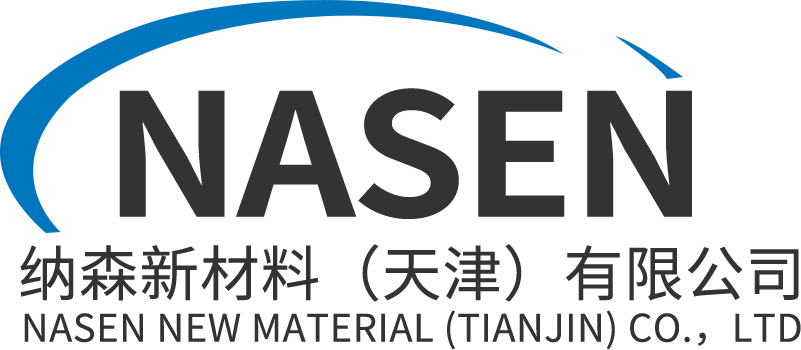NEWS
Electrolytic polishing of stainless steel plate
Most types and forms of stainless steel plate, i.e. wrought or cast, can be successfully electropolished. However, electropolished, vulcanized free-work grades do not provide a high standard of surface finish. The principle of anodic dissolution of a thin surface layer is similar to that of electropolishing and can be performed on other metals. Removes approximately 20 to 40 microns of surface, leaving a smooth surface that optimizes the corrosion resistance of the steel in any given environment.
The electropolishing process for stainless steel uses relatively low voltages of 12 to 18 volts, but high currents of between 750 and 3000 amps. This results in an anodic current density of approximately 20-40 Amperes per square decimeter (amps per square decimeter). The electropolished stainless steel piece is the anode in this DC battery. The electrolyte used is usually a mixture of phosphoric and sulfuric acid. This process takes approximately 10-20 minutes.
This process results in the preferential dissolution of "peaks" or high points on the surface of the workpiece. This results in a net smoothness of the surface, which also helps to remove surface stresses left by mechanical polishing pretreatments. Contaminants and debris left behind by mechanical polishing can also be removed by electropolishing. However, power polishing is less likely to remove scratches and visible surface irregularities. Non-metallic inclusions are also more visible on the steel surface after electropolishing compared to polishing after mechanical polishing methods. Electropolishing can be used to check the surface stability of castings.
Fixture design is critical, especially with complex shapes, as it affects the consistency of the polished surface and reduces the risk of gas streaks. Both hydrogen and oxygen are dual products of the process, with the oxygen coming from the stainless steel "anode". This means that the electropolishing process will not cause hydrogen embrittlement of stainless steel.
Optimizes the corrosion resistance of finished stainless steel components. Microscopic cracks in the surface have been smoothed out. Electropolished surfaces should be completely passivated and require no further passivation. Can be used for complex shapes where mechanical polishing is difficult or impossible, such as wire radiator grilles.
Surface reflectivity can also be increased by electropolishing. Remove machining burrs on small parts, thus avoiding surface contamination by mechanical polishing. This gives power polishing products the added benefit of being easier and more efficient to clean while in use. Contact material is less likely to stick (clump) to the surface of the component, and fibers are "blocked" in paper and textile processing applications. Improved surface cleanliness compared to machined surfaces. Bacteria grow slowly in food industry applications. The surface stress of the workpiece is low. The stainless steel spring is electropolished, especially compared with ordinary shot peening, the fatigue life is improved.
Search
Categories List
Need More Details?
If you are interested in our products and would like to know the price and other details, please contact me
Please give us a message
Nasen New Material (Tianjin) Co., Ltd
Add:Room 1491, Gate 13, Gangcheng Hot Spring Garden, Jinqiao Street, Dongli District, Tianjin
